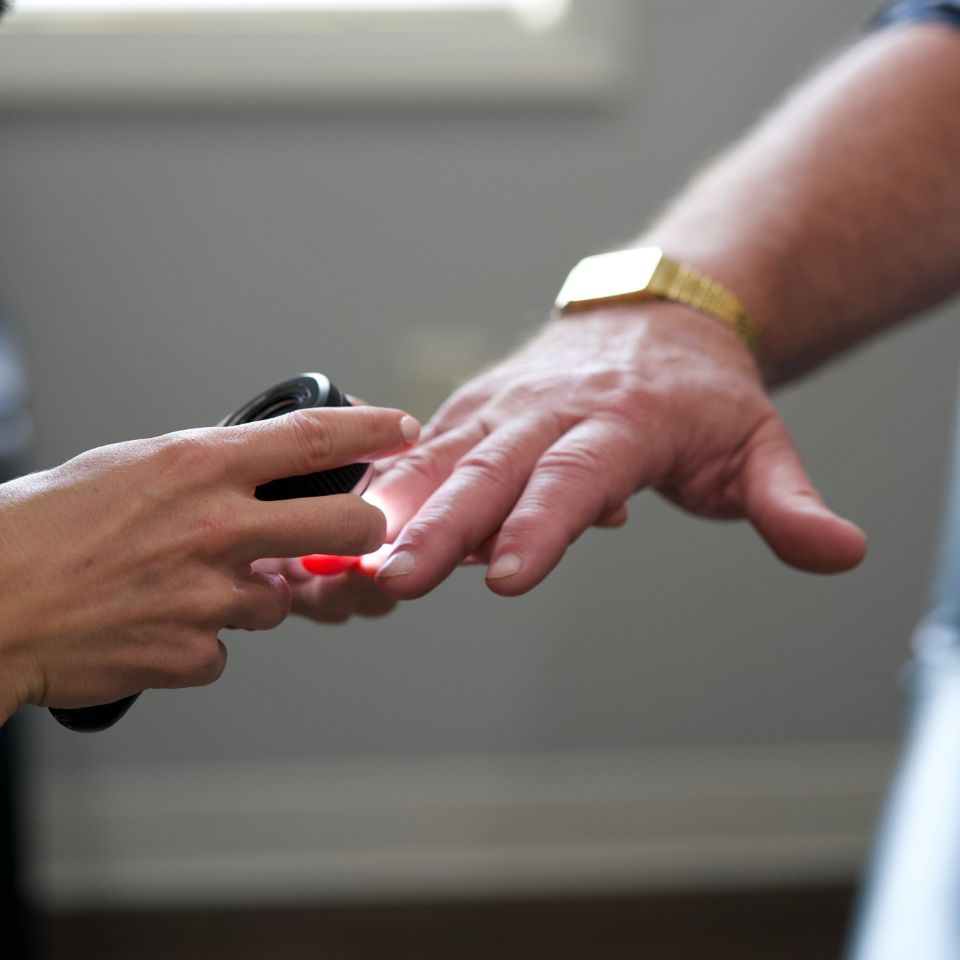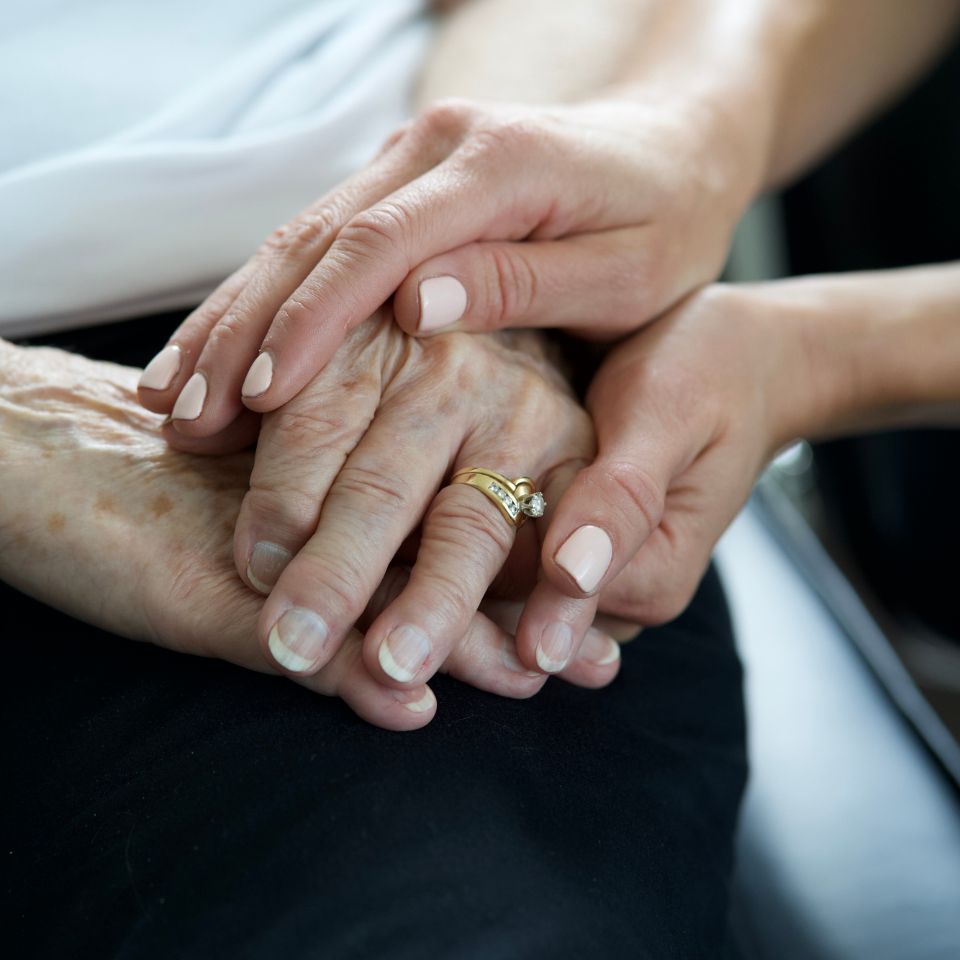Nail fungus, medically known as onychomycosis, is a common fungal infection that affects the nail plate and nail bed, causing discoloration, thickening, and separation that can significantly impact quality of life. This progressive condition affects millions worldwide and becomes increasingly prevalent with age, requiring professional diagnosis and comprehensive treatment for optimal resolution. Dr. Zitelli provides expert nail fungus treatment throughout Cincinnati, offering advanced diagnostic techniques, evidence-based antifungal therapies, and personalized management strategies to restore healthy nail appearance and function.
One of the best dermatologists! After visiting numerous dermatologists over the years, I can confidently say she is the best in the field. From the moment I stepped into her office, I felt valued and heard. Dr. Zitelli took the time to genuinely listen and provide thoughtful insights and personalized care. Her approach is warm, professional, and incredibly reassuring, making each visit a breeze. I left feeling not only more informed but also confident about my skin health. If you’re looking for a dermatologist who truly cares and excels in patient interaction, look no further! Highly recommend her!
Understanding Different Types of Nail Fungus Infections
Onychomycosis presents in various forms requiring specialized assessment and targeted treatment approaches based on infection pattern, causative organism, and severity of involvement.
Distal Lateral Subungual Onychomycosis
Most common type affecting nail bed and plate from distal edge with characteristic yellow streaks and onycholysis progression
Proximal Subungual Onychomycosis
Infection beginning at cuticle area and spreading distally, often associated with immunocompromised states requiring specialized evaluation
White Superficial Onychomycosis
Surface infection creating white chalky patches on nail plate that can be effectively treated with topical antifungal agents
Total Dystrophic Onychomycosis
Advanced infection involving entire nail plate with complete destruction requiring aggressive systemic treatment and possible nail removal
Evidence-Based Antifungal Treatment Strategies
Comprehensive nail fungus management combines systemic therapies, topical applications, and adjunctive measures tailored to infection type, severity, and patient factors.
Oral Antifungal Therapy
First-line systemic treatment with terbinafine or itraconazole providing superior cure rates and shorter treatment duration for extensive infections
Topical Antifungal Applications
Prescription nail lacquers and solutions for localized infections or combination therapy to enhance treatment effectiveness
Combination Treatment Protocols
Integrated approaches using oral and topical antifungals simultaneously to maximize cure rates and minimize recurrence risk
Nail Debridement and Surgical Options
Mechanical removal of infected nail material combined with antifungal therapy for severe cases or treatment-resistant infections


Advanced Diagnostic Confirmation
Accurate nail fungus diagnosis requires laboratory confirmation to distinguish fungal infections from other nail disorders and identify specific causative organisms.
Dr. Zitelli’s comprehensive diagnostic approach includes potassium hydroxide (KOH) preparation, fungal culture testing, and periodic acid-Schiff (PAS) staining when indicated. Advanced molecular testing may be utilized for rapid identification of causative organisms, ensuring appropriate treatment selection and optimal outcomes.
Specialized Prevention and Recurrence Management
Successful nail fungus treatment requires comprehensive prevention strategies and ongoing maintenance to minimize the significant recurrence rates associated with this condition.
Detailed patient education covers proper foot hygiene, footwear modifications, environmental moisture control, and prophylactic antifungal applications. Regular follow-up monitoring allows for early detection of recurrence and prompt intervention to maintain treatment gains.
Frequently Asked Questions About Nail Fungus
Nail fungus treatment requires 3-6 months for fingernails and 6-12 months for toenails due to slow nail growth, with visible improvement appearing gradually during treatment.
Yes, nail fungus can spread through direct contact or contaminated surfaces, requiring prevention measures and treatment of all infected nails simultaneously.
Modern antifungal treatments achieve 60-80% cure rates, with combination therapies showing improved effectiveness compared to single-agent treatment approaches.
Oral antifungals are generally safe but require monitoring for potential liver effects and drug interactions, especially in patients with underlying health conditions.
Most patients achieve significant improvement in nail appearance, though complete restoration to normal appearance may take 12-18 months after successful treatment completion.

Board-Certified Dermatologist Serving Cincinnati, Ohio
Dr. Kristine Zitelli is a board-certified dermatologist serving the Cincinnati area, known for her expertise in treating a wide range of skin conditions. She completed her medical degree at Wright State University and dermatology residency at the University of Cincinnati, with additional advanced training at the UCSF Psoriasis and Skin Treatment Center. Her clinical focus includes thorough skin examinations, psoriasis, eczema, complex medical dermatology, surgical dermatology and cosmetic treatments using the latest technologies.
Dr. Zitelli has been named a “Top Doctor” in Cincinnati every year since 2016 as well as Cincinnati’s Top Dermatologist in 2020. She remains dedicated to educating the community about skin health and sun safety. Combining academic excellence, clinical research, and a compassionate approach, Dr. Zitelli delivers personalized, evidence-based care to every patient.
Effective Nail Fungus Treatment in Cincinnati
Don’t let persistent nail fungus affect your confidence and daily activities. Dr. Zitelli’s specialized expertise in onychomycosis management provides Cincinnati patients with comprehensive fungal nail infection treatment, accurate diagnostic confirmation, and effective prevention strategies. Schedule your nail fungus evaluation today to begin your journey toward healthier, clearer nails with proven antifungal treatment approaches.